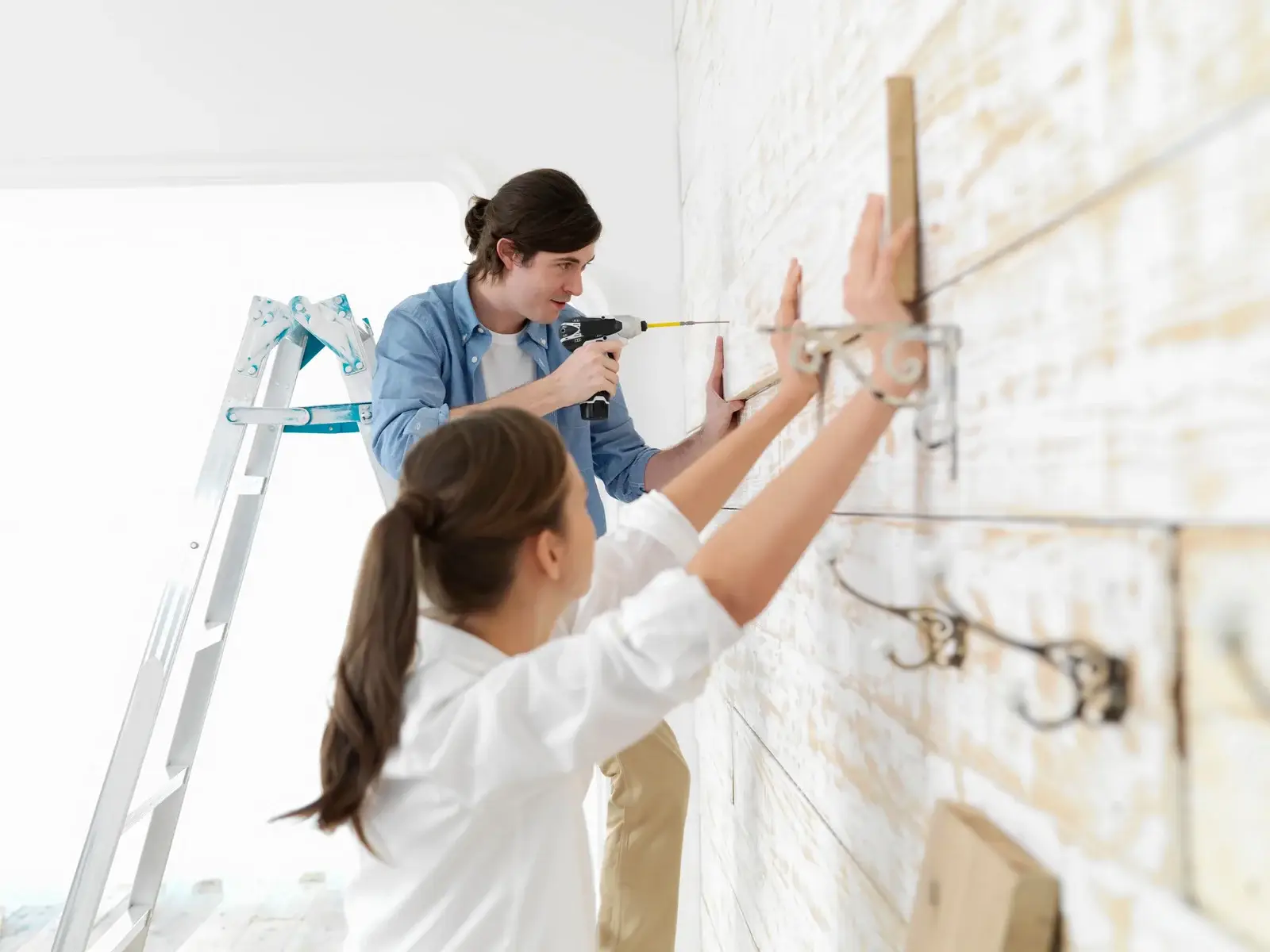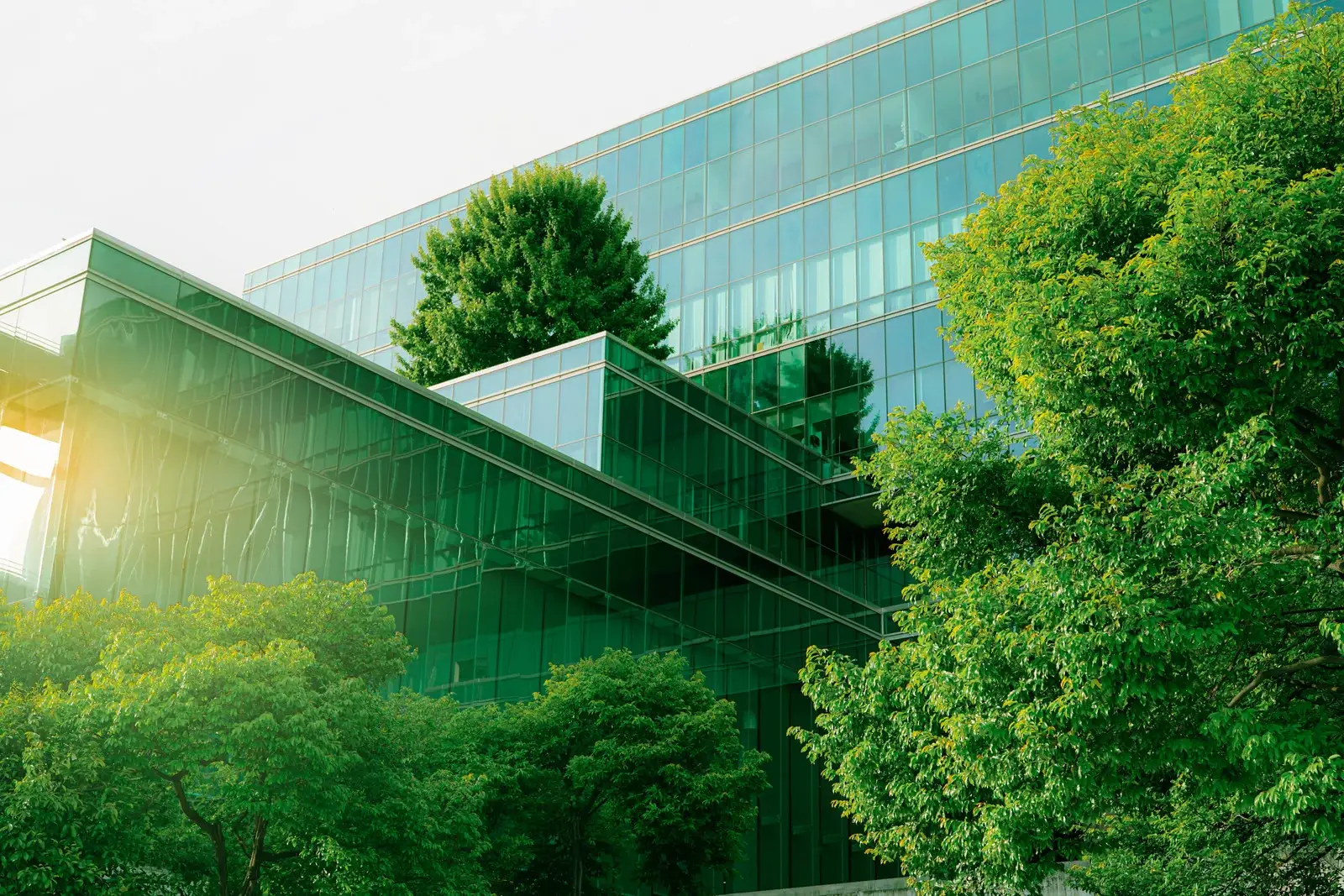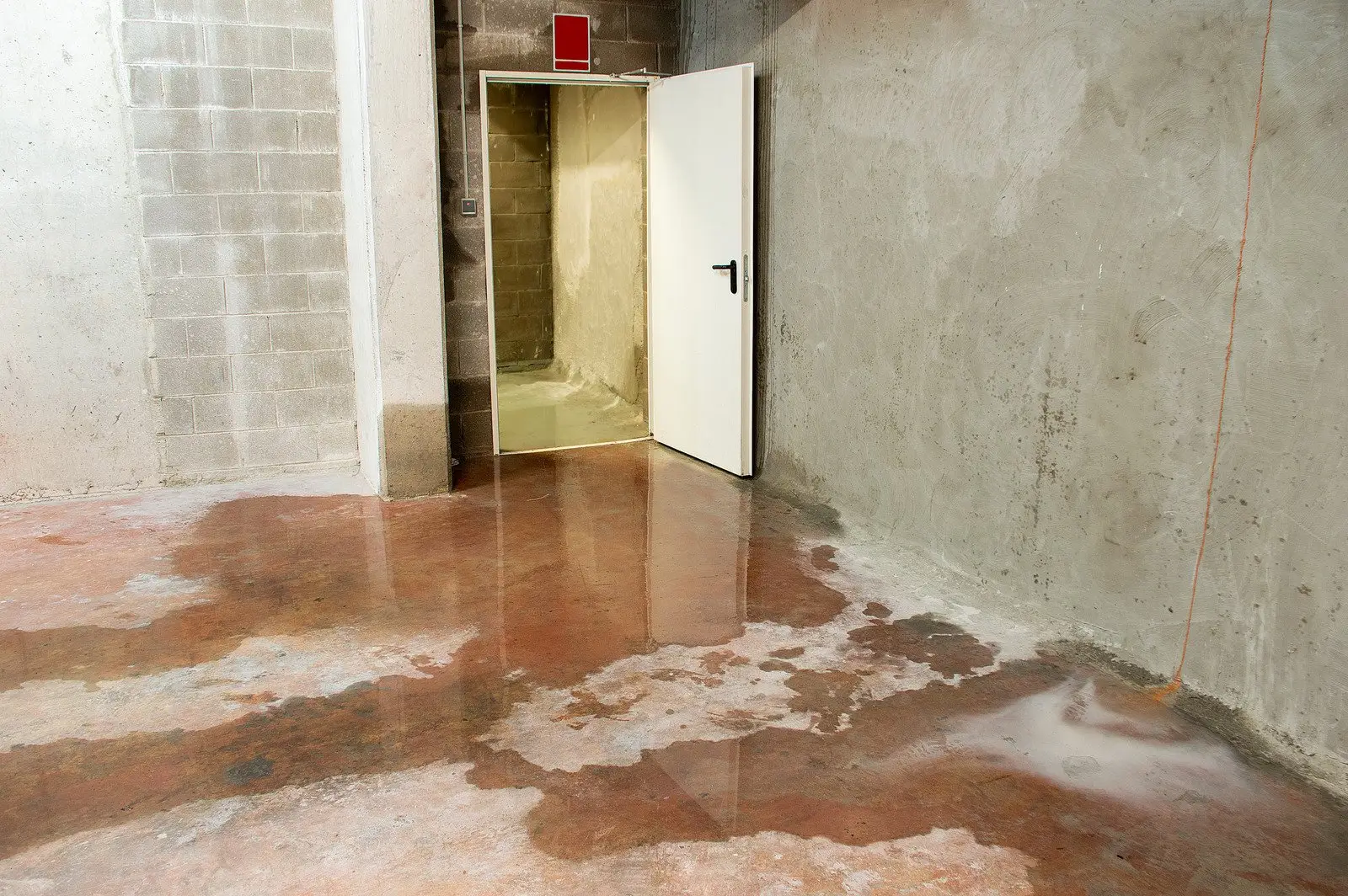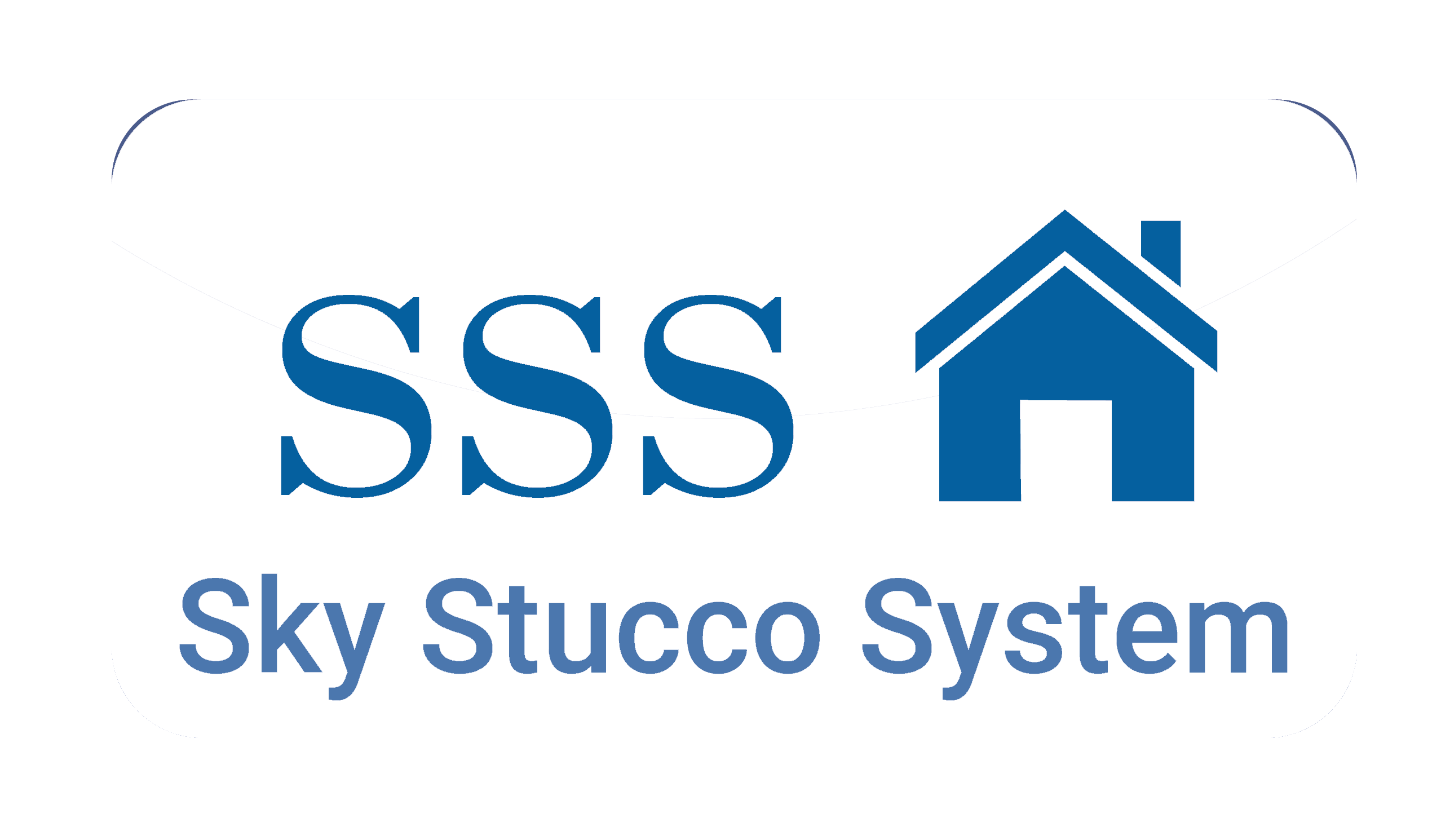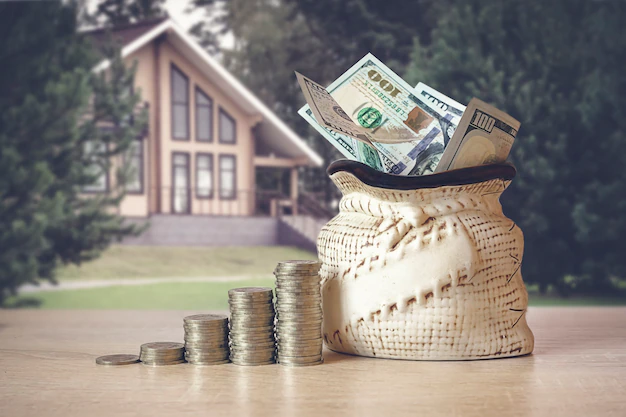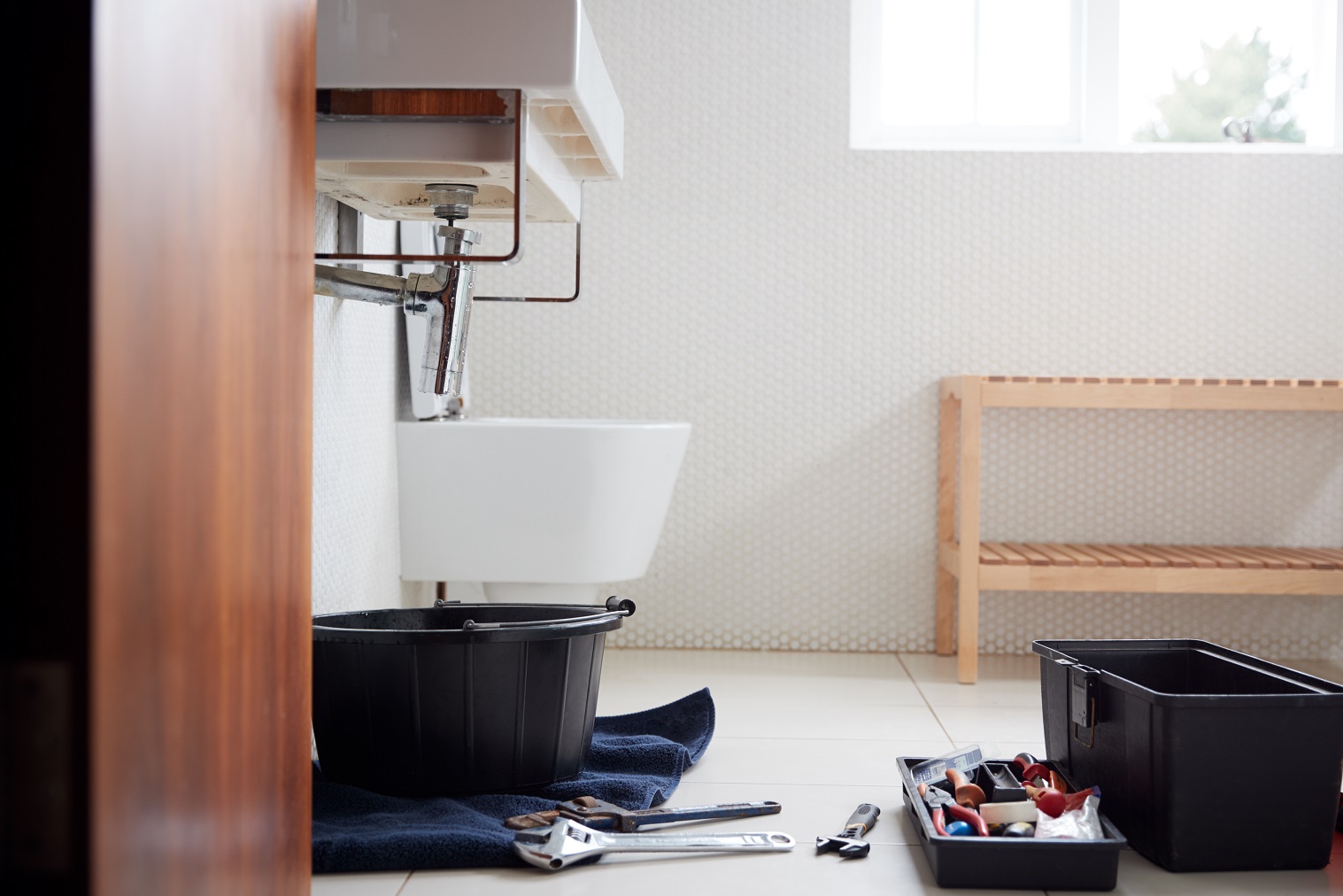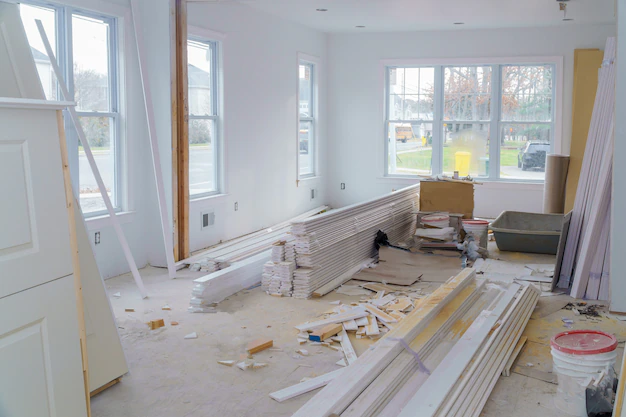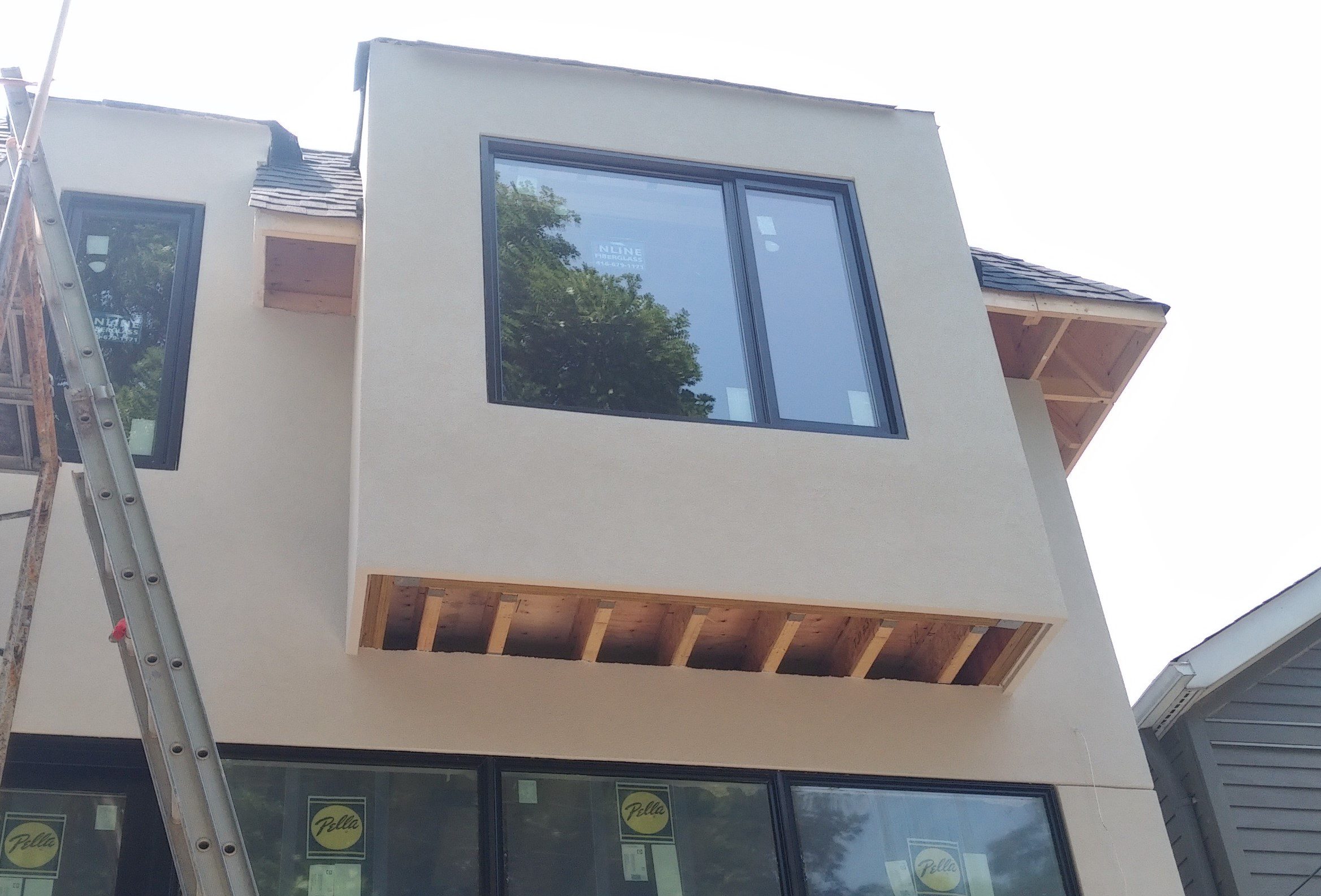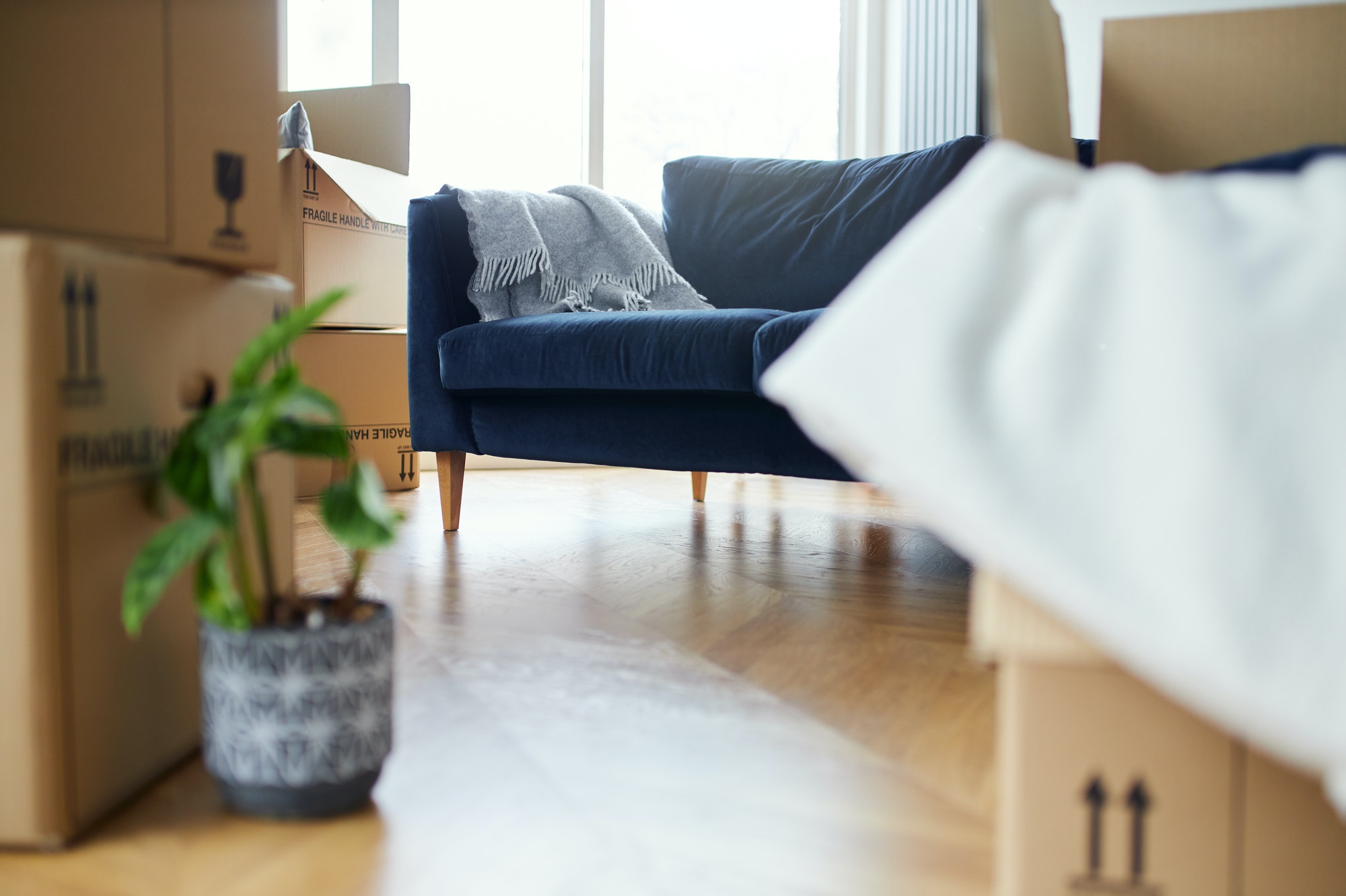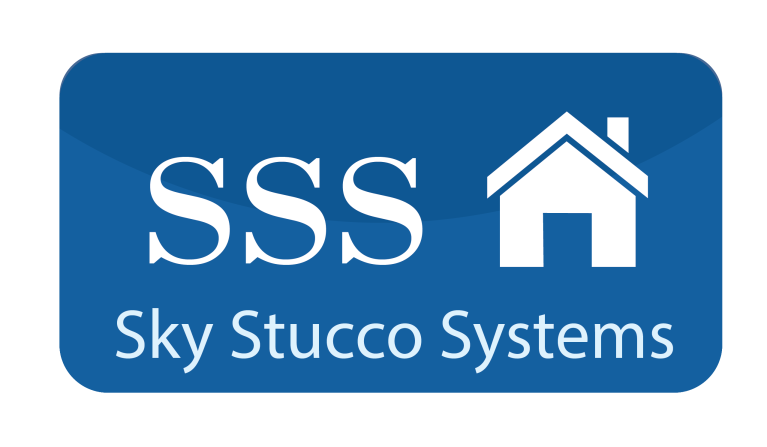Modern contemporary designs include several layered finishes of synthetic stucco, brick, wood, vinyl, stone, etc.
Whether you decide to build or remodel your beloved home, choosing the suitable exterior side material can make a tremendous difference in the sensation of your property.
Synthetic stucco and brick are several of the most prestigious selections on the market. Well, for a long time, both can make your home exterior outstanding. It is excellent for building a new home or for upgrading an existing one.
Now let’s consider the tips to deciding the best material for your dream home. Ensure your decision is guided by each product’s present, future adaptability, flexibility, and construction styles.
Synthetic Stucco or Brick: What better?
Although they both offer many benefits, they have significant downsides. Stucco’s many qualities distinguish it from bricks. Brick maintains the same color throughout its life span but can paint stucco surfaces with any color. Brick is also rigid and more consistent than stucco.
Factors to Consider When Choosing
Uniqueness: Synthetic stucco can be bent and curved without influencing the structure of the Stucco while Brick can not be bent, but only modeled for the suitable task
Stucco is also a durable product in diverse climates capable of withstanding rain, snow, and heat. However, Bricks is also a sustainable product, but their repair costs can exceed the actual plan.
Cost: Although stucco may initially be more expensive, its features allow it to stand than brick and develop architectural designs that brick would not have done. Each of these materials has different pricing properties.
Energy Efficiency: Brick’s and synthetic stucco’s energy efficiency varies in a little way. Both have an R-value of about 0.4, half that of a woodside, so the material is resistant to heat flow.
Maintenance: Honestly, both item has a good maintenance culture. Brick is a fantastic choice if you want to have lasting and low maintenance on your exterior. No need for painting, screening, rotting or denting.
In another way, stucco needs a lot more care over the years. Since it is porous, objects such as tree sap may discolor, and cracks can occur much more often because of the texture.
Durability: When it comes to lifespan, Brick and Stucco have the same durability. Both siding materials include a professional installation of mortar and grout.
Brick is a longer-lasting choice. Stucco sides are sensitive to rot and mold growth in places of high humidity, such as the Pacific to the northwest. Brick can also better withstand the unavoidable freeze-thaw cycle, while severe winter circumstances affect stucco siding.
Installation: Stucco or brick installation is not an easy operation for DIY. It is far better to contract these jobs to specialists. Labor costs for the Stucco system are, however, considerably lower than those for facing bricks. So Stucco is usually cheaper. Stucco is installed in several phases, and numerous changes depend on how you use it or want it.
Appearance: You can’t go wrong with the brick siding if you want a traditional and eco-friendly timeless appeal. It is also ideal for historical and contemporary houses.
However, the color range is limited instead of Stucco. Clever look and a wide range of colors, whether tinting a stucco blend or painting once healed, make Stucco more popular. It is best used in contemporary designs or houses in the country.
Flexibility: While it may be tough to choose between the two, it depends on individual desire and several circumstances. Stucco can be more flexible than its counterpart.
Due to this flexibility, repairs and upkeep can surpass expectations. Stucco lasts but can also offer a chance to be innovative in building and finally, in all its aspects, will become less expensive than Brick.
Choosing The Best Exterior
Although choosing between the two may be difficult, the decision is dependent on individual preference and a range of factors:
- Flexibility
- Durability
- Contruction style,
- Future adaptability
- And repair and maintenance costs
After considering the above factors, make your decision and swing to action. It is very confident with the opportunity ahead, and both will provide an imaginative construction. Let us now consider its external ability.
Exterior Brick styles
External bricks are fantastic and appealing. It requires little upkeep and improves the value of resale. They also prevent noise and are fireproof.
However, if the Brick gets damaged, it will be more costly and difficult to adjust the old or weathered Brick to the new color. Brick is less expensive and easier to lay than Stucco. Brick appears giant and has identical thicknesses.
External Stucco Style
The exterior Stucco is quite popular with freshly built structures, particularly on the south and west coasts. Stucco is a cement substance, so it is fire-resistant as well.
Stucco, like a brick, is relatively maintenance-free. However, it might be incredibly pricey to install this kind of exterior. Over time, Stucco can crack; however, cracking is frequently easy to amend, and the owner can save money.
Properties of Bricks and Stucco
Many people compare Stucco to Brick or vice versa because both are attractive and pragmatic materials, yet the two materials are different.
Bricks: Pros and cons
When investigating these possibilities, there are numerous factors to mind. Below are the pros and cons of Brick.
Pros
- Brick is extraordinarily durable, over a century.
- Can be able to resist several elements, like fire, insects, and damaging winds.
- Brick preserves your home’s façade.
- You may paint Brick for a new aesthetic.
- Brick is highly valued and can provide significant rewards.
Cons
- Brick can be pricey and can be expensive.
- Installation may take up to several weeks.
- The placement of bricks is complex and requires abilities in masonry.
- DIY might not be possible; the work of specialists is better.
Synthetic Stucco: pros and Cons
Stucco may be a better choice, but it has drawbacks for the exterior of your home. Here are several things to consider when it comes to Stucco.
Pros
- Stucco is versatile. Smooth swirls and gallstones can be created.
- Stucco is fire resistant. It can slow down the spread of flames, making it perfect for areas where houses are closer by.
- Stucco siding can be tightened and repainted to provide soft, subtle colours or bright eyes to modernize the look.
- It takes only days to install stucco.
- Stucco is also perfect for dry, moderate locations.
Cons
- If your base settles, stucco siding may be slippery and break down.
- Stucco provides no sound isolation.
- Stucco siding expenses can be high, especially for wood-frame homes.
- Recommendable for installation by qualified specialists and is not appropriate for DIYers.
Stucco Design Flexibility
Synthetic stucco provides a range of design flexibility specific to the neighborhood and home. Because of the texture! Regardless of your aesthetics, stucco texture options are always glamorous for your desired look.
The versatility of colors and various stucco constructions can produce a spectacular appearance that will make you proud. Stucco is appealing, long-lasting material featured in homes throughout the country. Expect the best result when you build your home with stucco.
Combination of Both
Do you know stucco and brick could go well together? They make a very eloquent combination during construction, and you could get some of this great innovation and build lovely and astonishing new designs for your next project. Ask us how?
The choice of siding can be challenging to overcome. Let us help you to identify the best option, as you consider either brick or stucco. See our siding & cost guide to start your new project.



